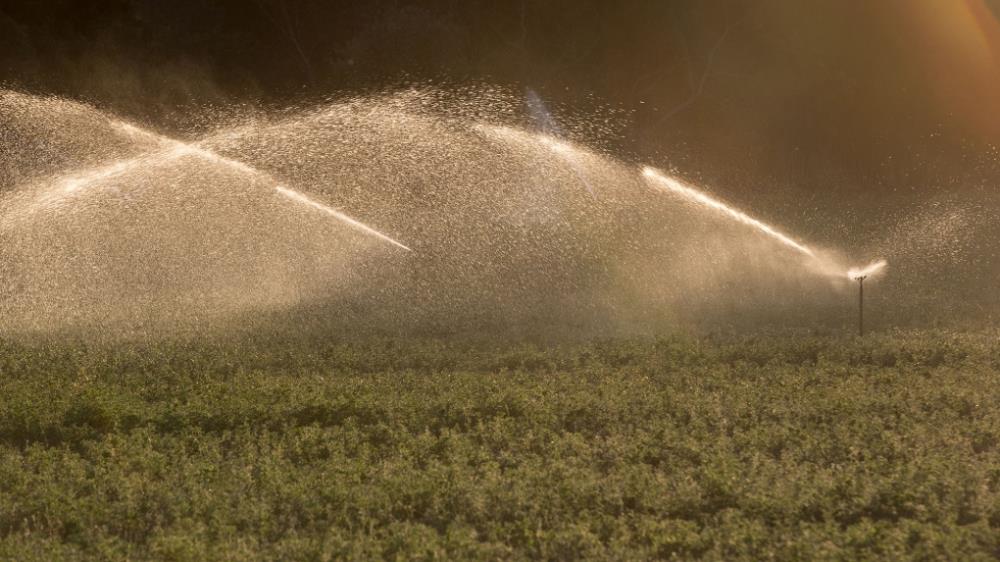
Related items loading ...
Section 1: Publication
Publication Type
Conference Poster
Authorship
Adams Hannah, Ye Jane, Persaud Bhaleka, Slowinski Stephanie, Kheyrollah Pour Homa, Van Cappellen Philippe
Title
Global trends in timing and rate of seasonal chlorophyll-a increase in cold-temperate lakes: Application of a new metric
Year
2022
Publication Outlet
AOSM2022
DOI
ISBN
ISSN
Citation
Hannah Adams, Jane Ye, Bhaleka Persaud, Stephanie Slowinski, Homa Kheyrollah Pour, Philippe Van Cappellen (2022). Global trends in timing and rate of seasonal chlorophyll-a increase in cold-temperate lakes: Application of a new metric. Proceedings of the GWF Annual Open Science Meeting, May 16-18, 2022.
Abstract
Cold region lakes are key ecosystems which act as sentinels of climate change and contribute to carbon and nutrient cycling and greenhouse gas storage and emissions. However, environmental controls on the primary productivity of lakes, including surface temperature, ice phenology, nutrient loads, and mixing regime, are increasingly altered by climate warming and land-use changes. To better understand the controls on algal primary productivity in cold-temperate and temperate lakes, we compiled time series of in situ chlorophyll-a concentrations, as well as contemporaneous associated water quality parameters and surface solar radiation, collected between 1964 and 2019 in 357 lakes. We then developed a novel approach to identify seasonal periods of rapid and detectable chlorophyll-a increase (or periods of chlorophyll-a increase, PCI) and to compute the corresponding net rates of chlorophyll-a increase (RCI) during these periods. We applied this approach to the assembled dataset. The temporal trends show that, with ongoing climate warming, the onset of the increase periods has been occurring increasingly earlier in the year, thus potentially extending the algal growth season, and increasing the annual productivity of cold region lakes. We also observe that lakes of higher trophic status exhibit a higher sensitivity to solar radiation, especially at moderate radiation values during spring. The lower sensitivity of RCI to surface solar radiation of oligotrophic lakes likely reflects the more dominant role of nutrient limitation. This variation in response between lakes of different trophic status is important to consider when predicting the sensitivity of lake productivity to climate change and the associated regional variations in cloud cover and incident solar radiation. Overall, the metrics of RCI and the timing of the PCI presented here provide novel insight into how algal primary productivity may be responding to anthropogenically-altered environmental drivers.
Plain Language Summary
Section 2: Additional Information
Program Affiliations
Project Affiliations
Submitters
|
Jane Ye | Submitter/Presenter | jxjye@uwaterloo.ca | University of Waterloo |
Publication Stage
N/A
Theme
Water Quality and Aquatic Ecosystems
Presentation Format
poster presentation
Additional Information
AOSM2022 First Author: Hannah Adams, Ecohydrology Research Group, Department of Earth and Environmental Sciences and Water Institute, University of Waterloo Additional Authors: Jane Ye, Ecohydrology Research Group, Department of Earth and Environmental Sciences and Water Institute, University of Waterloo; Bhaleka Persaud, Ecohydrology Research Group, Department of Earth and Environmental Sciences and Water Institute, University of Waterloo; Stephanie Slowinski, Ecohydrology Research Group, Department of Earth and Environmental Sciences and Water Institute, University of Waterloo; Homa Kheyrollah Pour, ReSEC Research Group, Department of Geography and Environmental Studies, Wilfrid Laurier University; Philippe Van Cappellen, Ecohydrology Research Group, Department of Earth and Environmental Sciences and Water Institute, University of Waterloo


 GWFNet
GWFNet Master
Master Data
Data Research
Research Map
Map
 Advanced
Advanced . . .
. . .

 Metadata Editor
Metadata Editor
 Record List
Record List
 Alias List Editor
Alias List Editor
 Legacy sites
Legacy sites